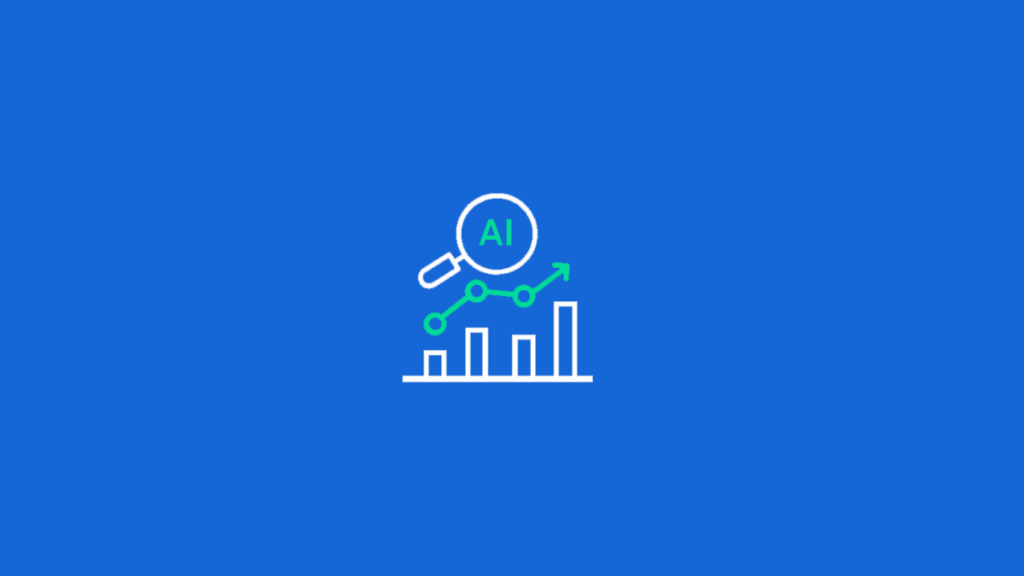Quantitative analysis and Artificial Intelligence investing are two different investment approaches that investors use for investment. We have already talked a lot about AI-based investment in previous articles. Before we talk about whether AI can take over quantitative analysis, let us talk about quantitative investing for those new to these terms.
What is quantitative investing?
Over the decades, fundamental analysis (traditional) investing was the method most investors used for a company’s analysis. Later, we moved to systematic or quantitative investing. In this method, we use data-driven analysis to evaluate companies. It uses factors identified over time by portfolio managers to build a portfolio with attractive characteristics.
There are many advantages of using quantitative investing. For example, you can analyze all listed stocks, complete the analysis in less time, bring discipline to investing, and it is cost-effective.
However, there are some disadvantages to this method of investing – it is only good if your model is good. The success mainly depends on the analysts’ capabilities – how well the model is formed and implemented. To overcome this problem, we now have AI investing.
AI and quantitative investing
Now that you understand quantitative investing – let us move to the comparison. Traditional quantitative investing and AI models are not much different – both try to make predictions based on company and economic-related data. However, recently, AI investing has grown in popularity. Many big banks and financial institutions are using machine learning in their investment process. AI investing is gaining popularity because of certain advantages it gives investors.
For example, traditional quantitative strategies require upfront intuition, but AI strategies do not. Also, quantitative analysis is not effective on unstructured data, but AI can use unstructured data also. At Jarvis, we can use unstructured data for filtering stocks – it makes Jarvis ai so powerful – we use over 40 crore data pointers for analysis.
Can AI improve predictive models?
As mentioned in the previous section, the underlying goal of both strategies is the same – crunching numbers and giving the best recommendation to investors. The crucial question is whether AI can improve on it. One area where AI can help is filtering out ideas or signals that are less efficient. Quantitative analysis cannot do it.
AI also allows systems to process more structured and unstructured data. It can also process data in higher volumes. Today, machines are trained to read profit statements. Also, they can scan audio from press conferences and decide the right move related to the company. The AI system can do all of this on its own.
AI strategies excel at finding data patterns. Hence, it can enhance traditional data-driven investment strategies by improving the interpretation of that data and applying it to investment decisions. Another advantage of these models is that they are not limited to human researchers’ imaginations. The systems are capable of discovering unique insights or new patterns that a human being can never observe.
AI systems can also enhance risk management systems. At Jarvis, we believe that investors can make the most of the equity market if they have a powerful risk management system in place. No one can deny that equity investments are risky. If we focus only on returns, sooner or later, we will suffer losses. So, though our aim in stock market investment is to get the maximum possible returns, we must work out ways to reduce risk.
AI systems (like Jarvis) can easily enhance risk management by identifying complex correlated exposures missed by typical quantitative models – all you need is a rule-based model created by experts. Rule-based AI systems are less prone to mistakes as they operate without emotions and biases.
Here is an interesting number for you – Harvard Business Review did a study recently. It tested an algorithm against angel investors. The result was astonishing – algorithms achieved an average internal rate of return (called IRR) of 7.26%. On the other hand, 255 angel investors yielded average IRRs of 2.56%. Why? The reason was bias in the decision-making process. When it comes to biases, humans will never be able to beat machines/algorithms.
How is AI investing performing today compared to quantitative investing?
Like any other technology or new thing, adoption takes time, and the same is happening with AI investing. In the last few years, more and more investors have started using it. The problem in India is financial literacy. Many investors know that the key to financial success is stock market investments. But they lack the knowledge. No more. If you want to invest in the stock market, you can do it with the click of a few buttons, even if you have limited financial knowledge.
We have worked hard over the years to create a flawless tool that every investor can use in India and invest in direct equity.
The power of AI
AI will reshape the workforce and the wider economy in the coming years. Will they replace human investors and investment managers? Certainly not, at least in the foreseeable future. However, AI investing gives unmatchable power to retail investors and seasoned investors to make the most of the equity market.
You can get started with an equity investment by downloading the Jarvis app. If you have any questions about the technology we use or how it all works and how to pick stocks for long term. You can always get in touch with us. We would be more than happy to assist you.
